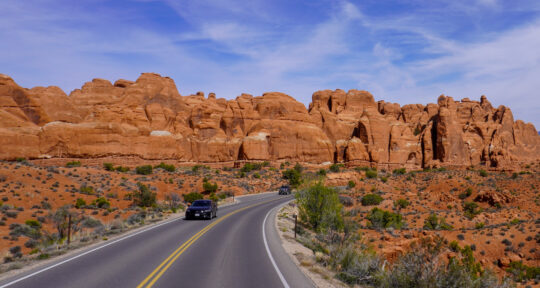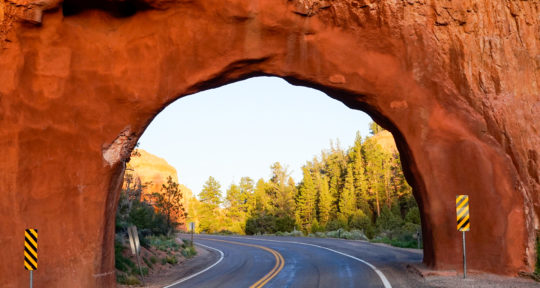Vermont may be the Green Mountain State, but it’s also a gray state, according to recent demographic data. The state’s population—the second lowest in the country, behind Wyoming—isn’t shrinking, but its birth rate has been the nation’s lowest for a while.
That’s why the state government has decided to offer 100 out-of-staters a $10,000 incentive to come live in Vermont this year. The state also invited tourists to a series of weekend events throughout last year aimed at getting them to relocate to Vermont. And if you have a car of dubious provenance that another state won’t register for lack of paperwork, fear not! You got a guy at the Vermont DMV (they want your sales tax money, and will issue plates with minimal paperwork or hassle).
Whether or not these efforts to beef up Vermont’s dwindling workforce and shrinking taxbase are working remains to be seen. Regardless, Vermont—which is fairly close to New York City, Boston, and Montreal—is a great place to spend time. Hemmed in by Lake Champlain on its western side, the Connecticut River Valley to the east, the Canadian border to the north, and Massachusetts to the south, the state’s mountainous furrows and bucolic valleys contain a plethora of natural beauty and fun activities.
Being based near New York City, I’ve found plenty of excuses to make my way to that delightful sliver of the Northwoods. My first trip there sans parents was during my sophomore year of college, when a couple of friends talked me into driving to Burlington from Virginia for a weekend trip. After eating Ben & Jerry’s ice cream, drinking Magic Hat beer, and seeing the most dazzling fall foliage I’d ever beheld on a hike around Stowe, I was hooked. This place where hippies go to retire has it all. Just ask Bernie Sanders!
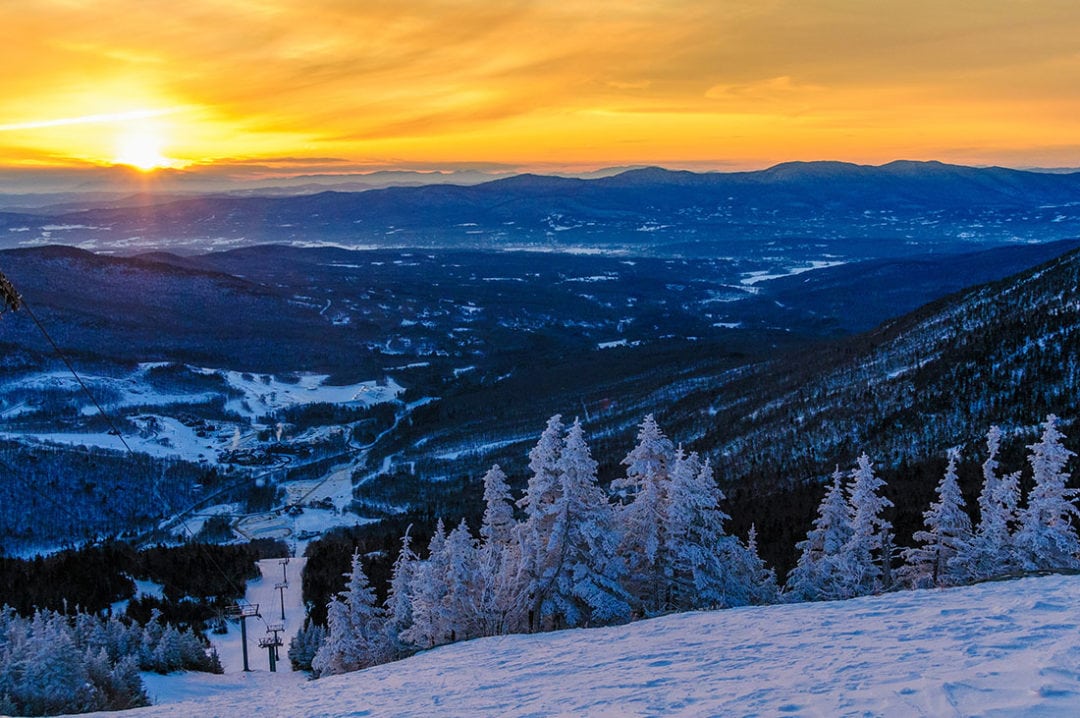
Vermont in the winter
Winters in Vermont are gritty. Your boots and your car will always be caked with road salt, and if you stick around long enough, you’ll do plenty of shoveling. But once you’re holed up for the evening in a snowbound house or ski lodge, a log crackling in the fireplace—well, there’s a reason the 1954 holiday classic “White Christmas” was set in Vermont. Rolling snow-covered hills dotted by century-old farmhouses make for a charming landscape. Some city dwellers may find it disgustingly quaint, but most people will agree that Vermont’s Currier & Ives-worthy winterscape beats the city’s blackened slush puddles and frozen fast food trash sculptures any day.
Among New Yorkers and Bostonians who lack the time and/or money for a flight to the Rockies, Vermont is the go-to spot for a weekend ski trip. There are well over a dozen ski resorts there, and most of them are good, if a little icy at times. Killington, with its 3,050-foot vertical drop and six peaks, is the most famous, and is known as one of the best on the East Coast.
Mad River Glen is much smaller, but features challenging terrain and an old-school skiers-only policy (sorry, snowboarders) that’s a favorite among hardcore skiers. Don’t worry about wearing the latest ski fashion there—no one cares. Ski in jeans if you like, but do it with skill and style. Personally, I like any smallish resort that has an outdated 1970s lodge that serves stiff cocktails. The lift tickets tend to be less expensive and the atmosphere mellow at places like that. That way when it’s -6 degrees outside and I don’t feel like skiing anymore, I don’t feel bad about relaxing inside for a while.
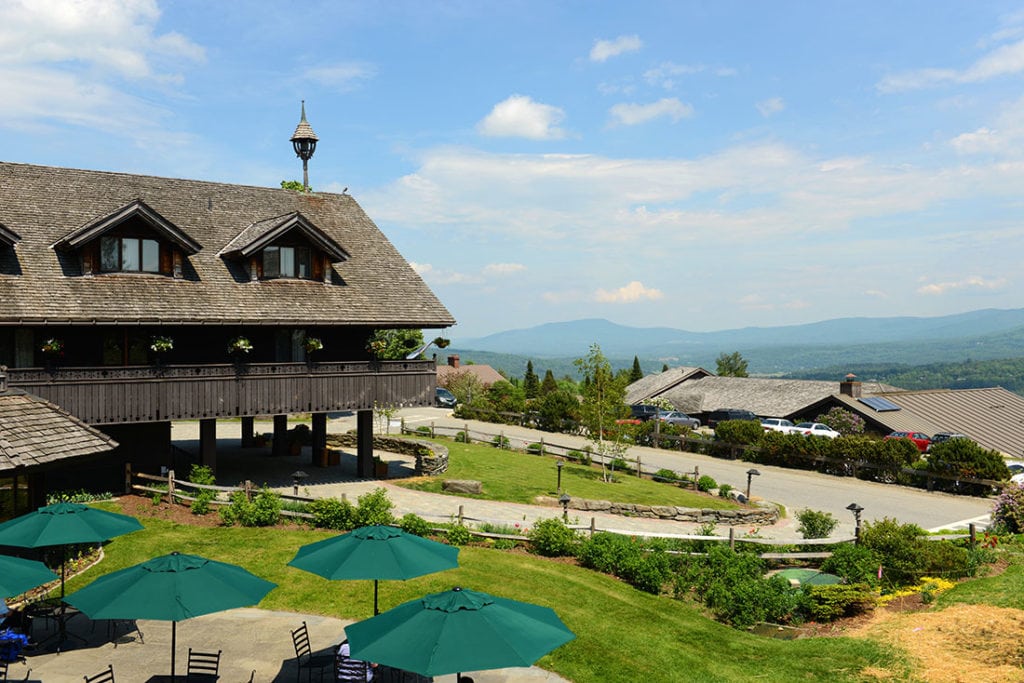
You can also visit one of the country’s oldest ski resorts in Vermont—Suicide Six, located just outside Pomfret. It opened in 1934 with a Model T-powered rope tow, and is still the venue for the Fisk Trophy Race, which has been held there since 1937. If cross-country skiing is more your speed, head over to the Trapp Family Lodge, where the von Trapp family of “Sound of Music” fame made their home after emigrating from Nazi-occupied Austria in 1938. It’s beautiful there.
Just don’t be the one to sing “How do you solve a problem like Maria?” as soon as you walk through the door. Maria von Trapp passed away 30 years ago and her descendents found their way into a gnarly lawsuit over the lodge a few short years later. If you must sing, stick to “Edelweiss.”
Scenic drives and maple syrup
With more than 100 covered bridges and about 8,000 miles of unpaved road, there’s no lack of scenic driving in Vermont. Driving around aimlessly is a great way to see corners of the state you wouldn’t normally get to, and there’s nothing quite like a covered wooden bridge surrounded by summer or fall foliage.
You can also cover a lot of ground by joining a time-speed-distance rally, in which a group of diabolical aging rally car drivers gives you a set of incredibly complex turn-by-turn directions that sends you off on a very slow wild goose chase through some of the state’s more obscure areas. The New England chapter of the Sports Car Club of America puts on several of these—one of the most challenging is the Vermont Winter Challenge Rally, a 12-hour slog along forested, snow-covered roads, run mostly at night. It can be a legit team-building exercise. My wife and I ran one in an ‘87 Subaru a few years back and we’re still married, even after two crashes and several middle-of-the-night arguments over missed turns at featureless, snow-covered intersections.
If food is more your thing, there’s nothing more Vermont than going to see how maple syrup is made. Depending on the season, you’ll see sap dripping out of tapped maple trees and big boiling vats that steam as the excess water evaporates. I remember going as a kid and being very impatient as I watched the sap ooze from a metal spigot jammed into the bark of a maple tree. I think maple sugar is one of the most delicious flavors devised by nature, and wanted to eat it with all due haste. People like me can just walk into one of those little shops that sells syrup and maple sugar candies and stock up—or start eating right away.
The best time of year to visit a maple sugar house is from late February until early April, when the trees are still tapped. There are sugar houses open year-round, too, if you’d like to avoid sap-dripping season.
Summer in Vermont
During summer, snow-covered hills and salt-crusted roadways give way to the lush vegetation that is the source of Vermont’s nickname. The breathtaking beauty of a verdant, silent valley shrouded in cool morning mist defies description. Once the day gets started, there’s plenty to do. Mountain bikers will find a haven up north on the network of trails Kingdom Trails set up for cyclists of varying ability. Hiking trails are accessible year-round, but in the summertime, many ski resorts open up to hikers and mountain bikers.
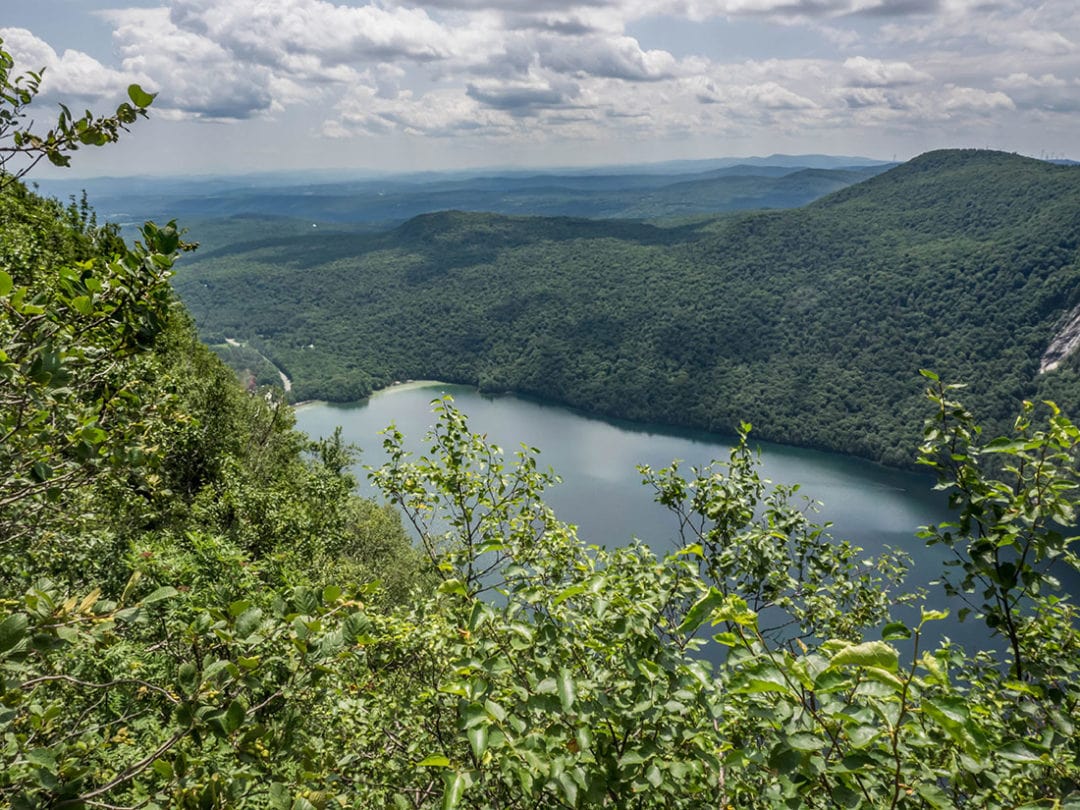
Or, if you feel like swimming, head to one of the state’s 46 named lakes. Champlain, which at 107 miles long and 14 miles wide is the state’s largest lake, forms much of its border with New York. Fun fact: During prohibition, the lake was patrolled by boat in search of bootleggers hauling hooch down from Canada. There are also smaller lakes that are equally charming—such as cliff-bounded Lake Willoughby and Caspian Lake, where scuba divers plunge to its 142-foot bottom and classical music from the Landon Lake House wafts across the water on Sunday evenings.
You can also stay at one of several tourist-oriented working farms (if you like rising with the cockerel’s cry to perform manual labor), eat at a farm-to-table restaurant (if you’d rather sleep late and let someone else do the farming), or tour a granite quarry (if you like deep holes in the ground).
Vermont may be sparsely populated—hence the governor’s incentives to get people to move there—but that’s a big part of what makes it so lovely. Anyone who’s spent an afternoon sitting in the post-weekend adventure traffic on the eastbound lanes of I-70 descending into Denver knows what increased population density can do to an outdoor paradise. Gridlock reigns.
In Vermont, meandering dirt roads and gorgeous rural and mountainous landscapes have bucked America’s development trend for decades. That in itself is worth checking out.
Ready to make the move?
Vermont’s Remote Worker Grant Program is currently accepting applications on a first come, first serve basis.

